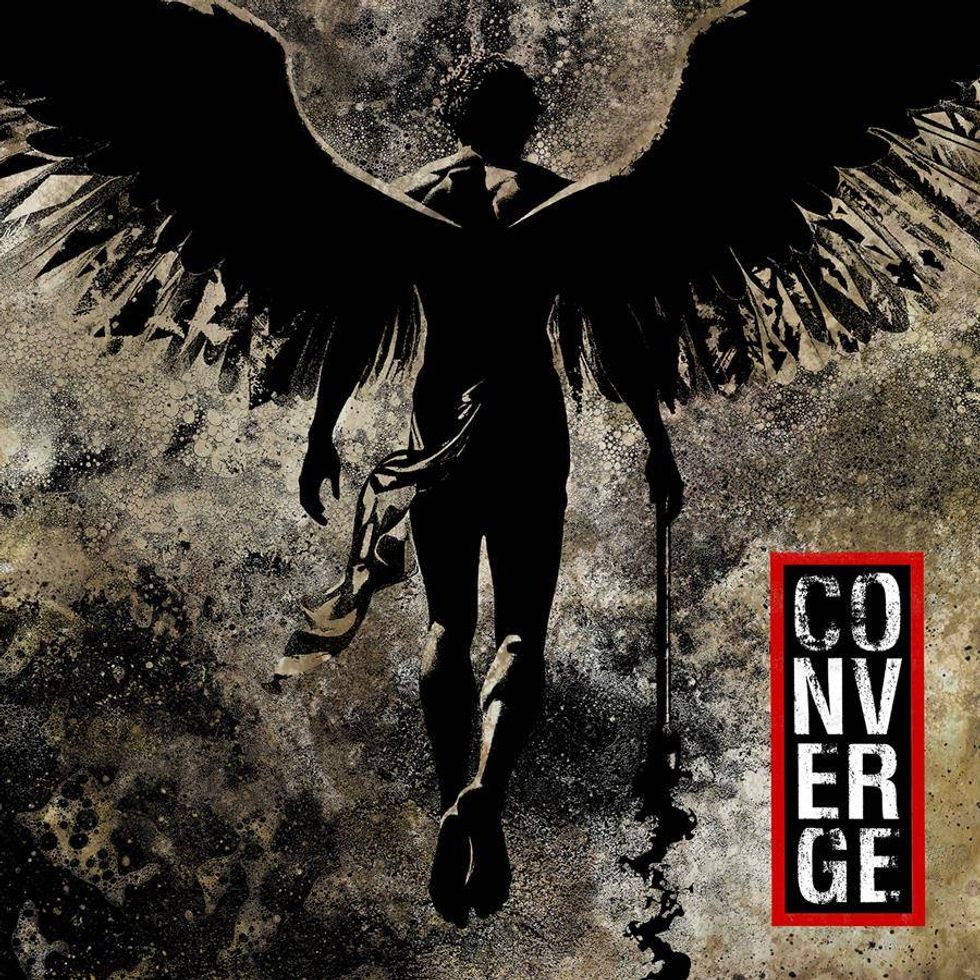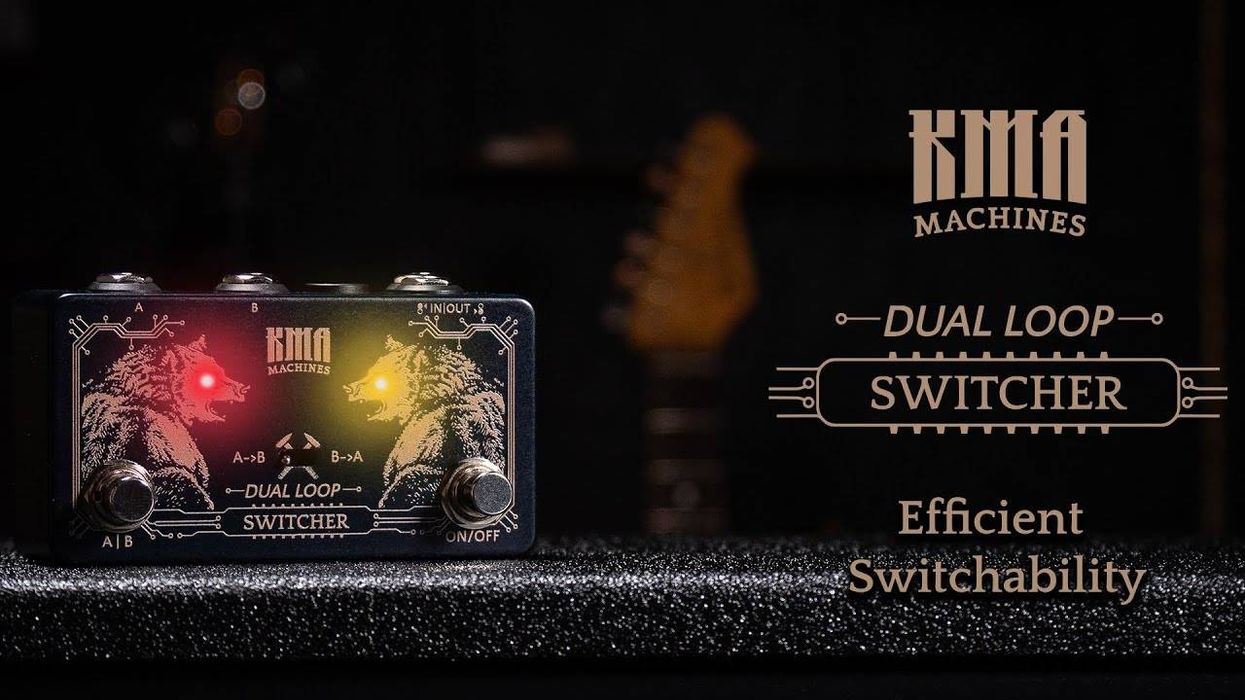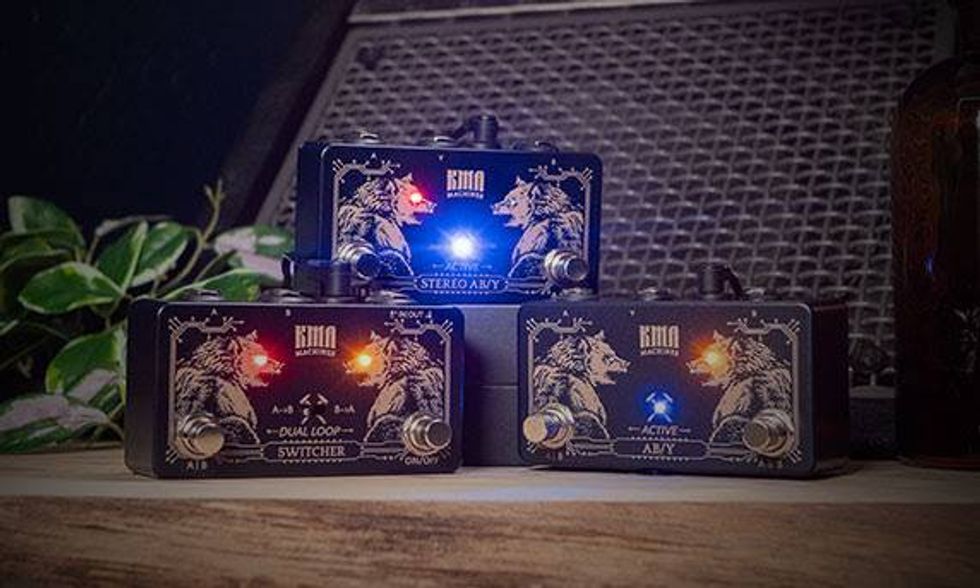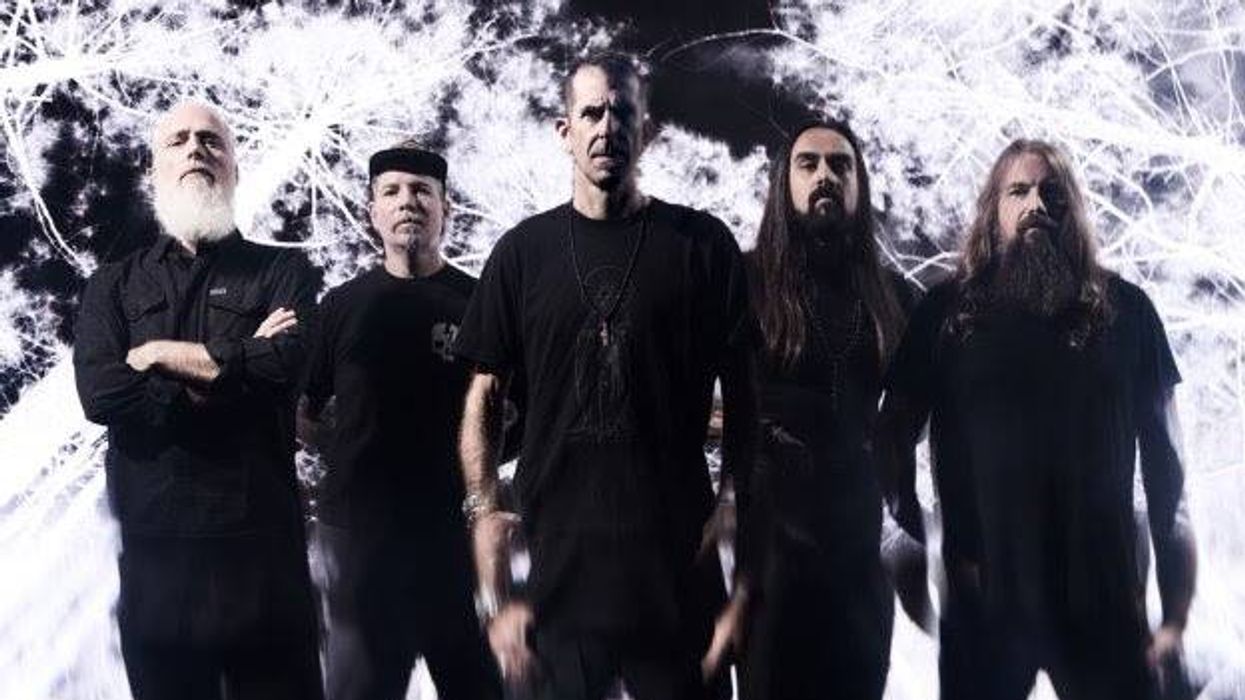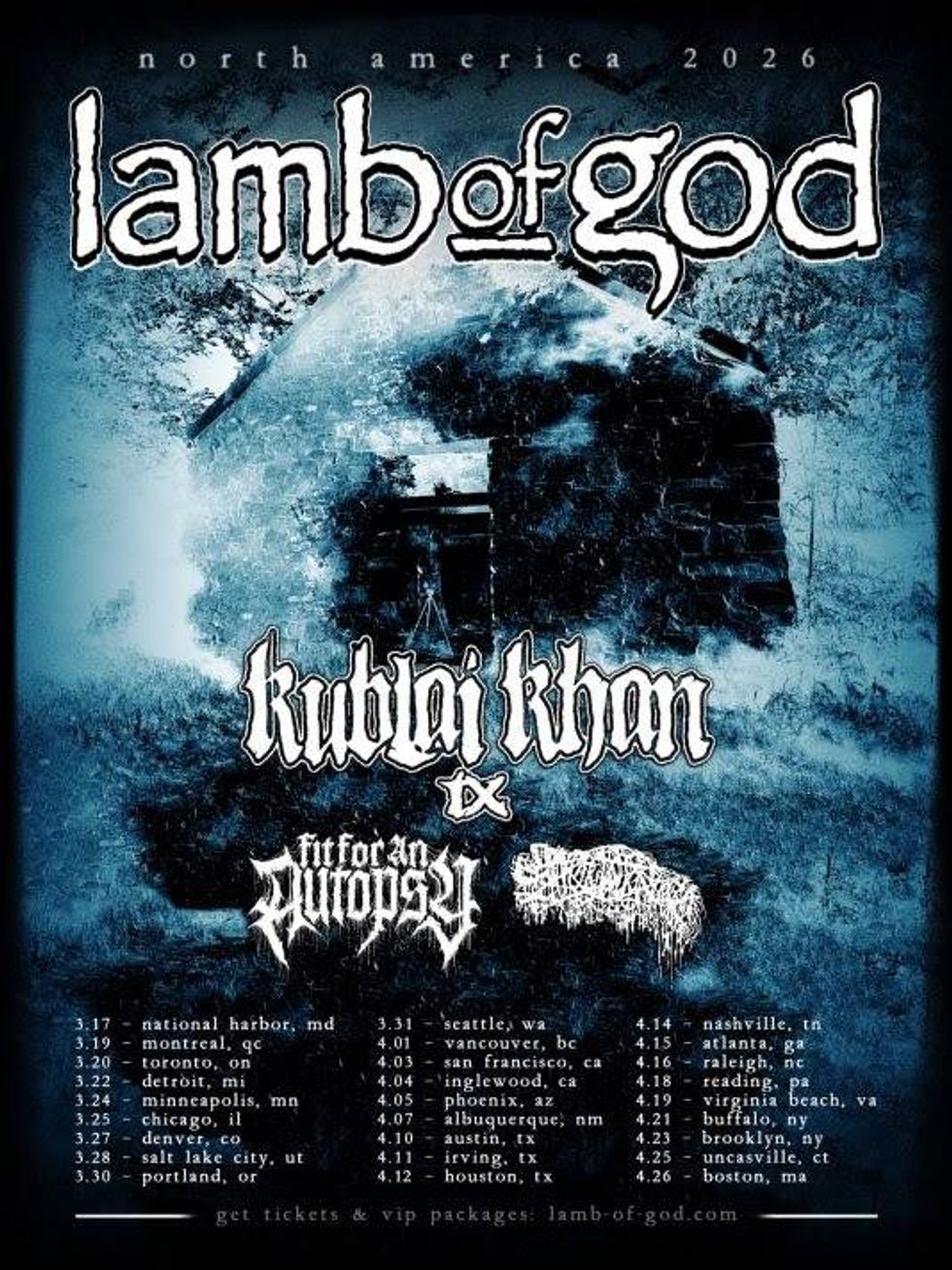Looking for a compact, “noiseless” way to plug in and play guitar? Check out the brand-new Gibson Digital Amp, available only in the Gibson App.
The new Gibson App simplifies the learning process and brings guitar playing to life for the current and next generation of guitarists in a modern, comprehensive, and intuitive way. The Gibson App is the place to take your guitar playing to the next level. New to the Gibson App is the Gibson Digital Amp, the ultimate starting amplifier for beginners and a flexible amp on-the-go for intermediate players and pros to get their sound anywhere. The Gibson Digital Amp is an accessible amplifier for both acoustic and electric guitars, and is currently available for Apple/iOS users--an Android version will debut next year.
Use the Gibson Digital Amp’s jamming guide to get started and transform your sound with built-in effects and pedals, jam to backing tracks, or use it in lessons and songs. The Gibson Digital Amp only requires your phone, and wired headphones for the best playing experience, no cables are needed. The amp features 3 acoustic mic presets, 4 electric amp presets, and 6 effects pedals.
The Gibson Digital Amp is the ultimate starting amplifier for beginners and a flexible amp on-the-go for intermediates and pros.
The Gibson App uses a unique two-way, interactive platform to teach guitar students how to do everything from playing their first note to shredding loads of songs. The Gibson App features interactive lessons with thousands of lessons and songs. Learn the songs step-by-step with video tutorials from superstar artists and pro guitarists in the “Gibson App Guide.” The Gibson App also includes the new Digital Amp, a built-in tuner, a metronome, Gibson TV, and new songs are added every week. New Gibson App Guides are added regularly and include Tommy “Spaceman” Thayer’s favorite iconic KISS guitar solos, Richie Faulkner’s (Judas Priest) “Guide to Metal,” Jared James Nichols’ “Guide to Blues,” CELISSE’s “Guide to Songwriting,” and more.
The Gibson App uses “audio augmented reality” to provide dynamic feedback to students as they learn and play. As you pluck a note or strum a chord, the Gibson App listens to your guitar and gives you real-time feedback on your playing. It also gives students a more contextual learning experience: Instead of learning chords and scales in a vacuum, you’re able to practice on a scrolling tablature that lets you hear how you sound with the backing of a virtual band. That means you can load up “Hurt” by Johnny Cash, “Brown Eyed Girl” by Van Morrison, “American Girl" by Tom Petty, “Nothing Else Matters” by Metallica, “Where is My Mind" by Pixies, “Country Roads” by John Denver, “I Hate Myself For Loving You" by Joan Jett, “Heaven” by Kane Brown, “Shape Of You” by Ed Sheeran, “Killer Queen” by Queen,“ Sweet Child O’ Mine,” by Guns ‘N Roses, “Run to the Hills” by Iron Maiden, “Roxanne” by The Police, and “Don’t Stop Believin’” by Journey, “Smells Like Teen Spirit” and “The Man Who Sold the World” by Nirvana, “Are You Gonna Go My Way” by Lenny Kravitz, and “Don't Look Back In Anger” by Oasis and hundreds more songs in a wide range of genres, to see how your play matches up with such seminal tracks.
As you’re playing, the Gibson App gives you feedback on timing and tone, ensuring that students are getting active input on how their play is developing. The Gibson App appeals to players of all levels, it’s not just for beginners looking to learn a few chords; the app can assist seasoned guitarists who are working their way through difficult riffs, want to learn their favorite songs, or polish their advanced techniques.
Players can also challenge themselves by speeding up or slowing the tabs. Like having a full-time guitar teacher, the Gibson App keeps track of all your progress and adjusts lesson plans accordingly. The Gibson App released a “backing track mode” which supports both lesson and song playback without headphones, so users can self-select what works best for their current environment. And that’s not all: the Gibson App also packs in a fully-featured digital tuner for guitar first-timers, there’s even a detailed lesson on how to tune your instrument, a multi-function metronome, players can connect to free one-on-one consultations with Gibson’s Virtual Guitar Tech team, and to direct links to the Gibson, Epiphone, and Kramer online stores for easy shopping for guitars, gear, apparel, and accessories.
Learn Guitar With The Gibson App
The Gibson App is more than a pocket-sized guitar teacher, it’s loaded with an archive of exclusive content and original programming from its premium and accessible award-winning online network, Gibson TV, featuring music icons telling their best guitar stories, with more episodes and installments added regularly. Users can watch Black Sabbath’s Tony Iommi share insights and tales from his decades-long career on the series “Icons,” dive into Joe Bonamassa’s assortment of legendary Les Paul guitars on “The Collection,” or see how Gibson’s iconic instruments are made in their Nashville factory from body to binding on “The Process.” There’s even a series called “The Scene” that focuses on backstage stories from hallowed music venues from coast to coast like The Troubadour and Grand Ole Opry.
The Gibson App free version features a few lessons a day; the premium version of the Gibson App offers full access and a 14-day free trial, then costs $19.99/£16.49 monthly or $119.99/£98.99 yearly.
For more information, please visit gibson.com.
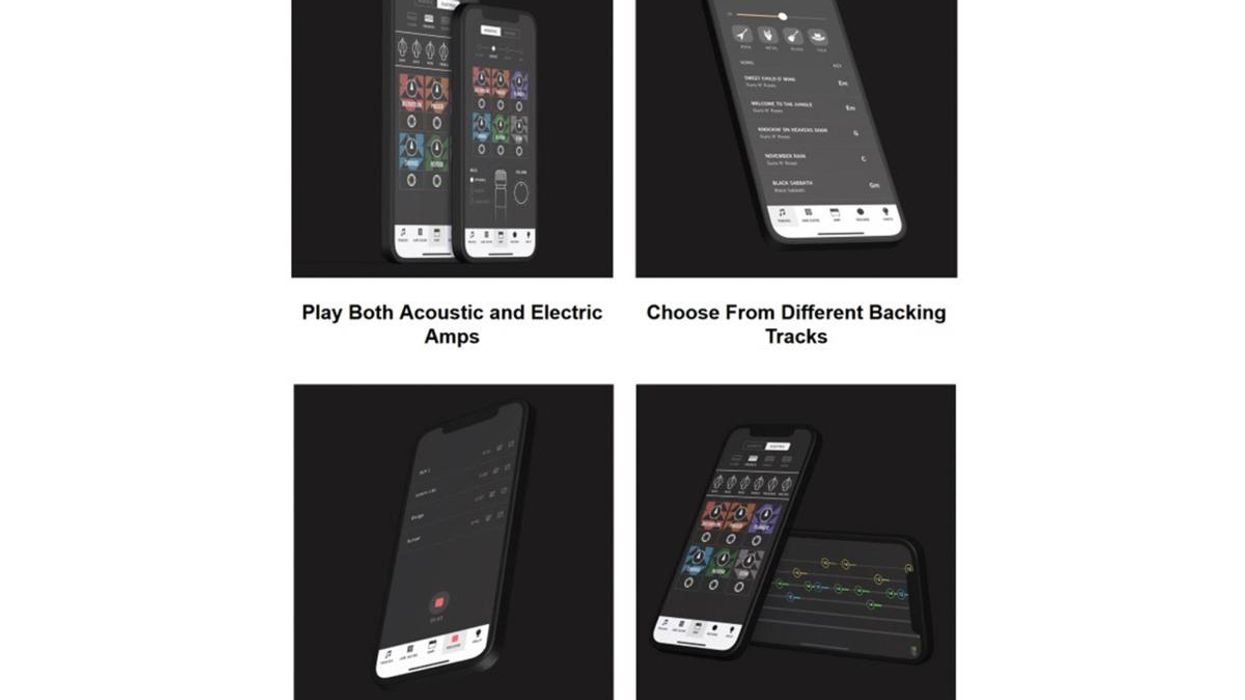
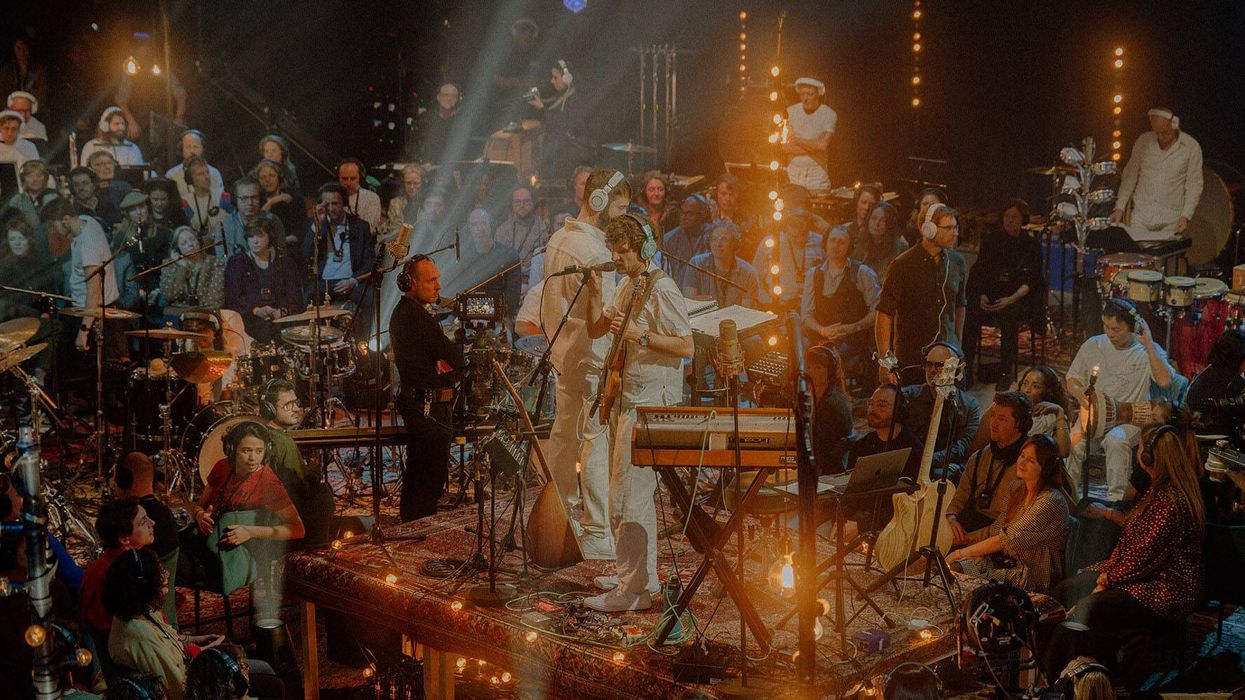
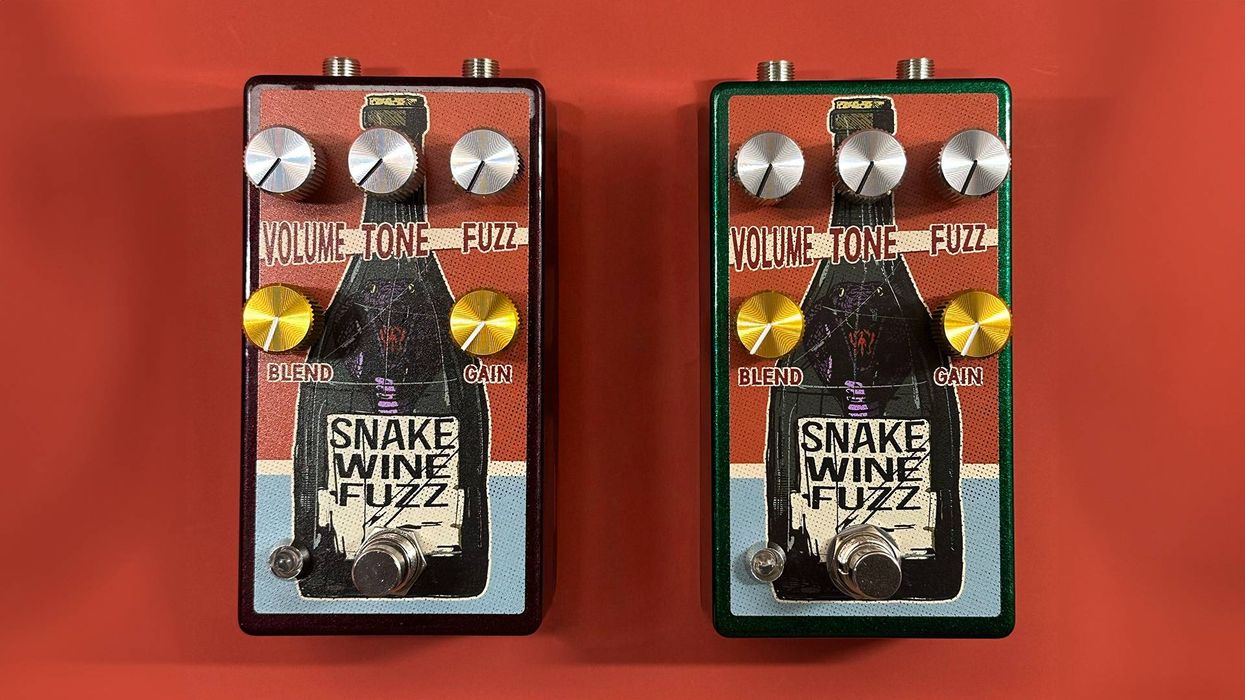

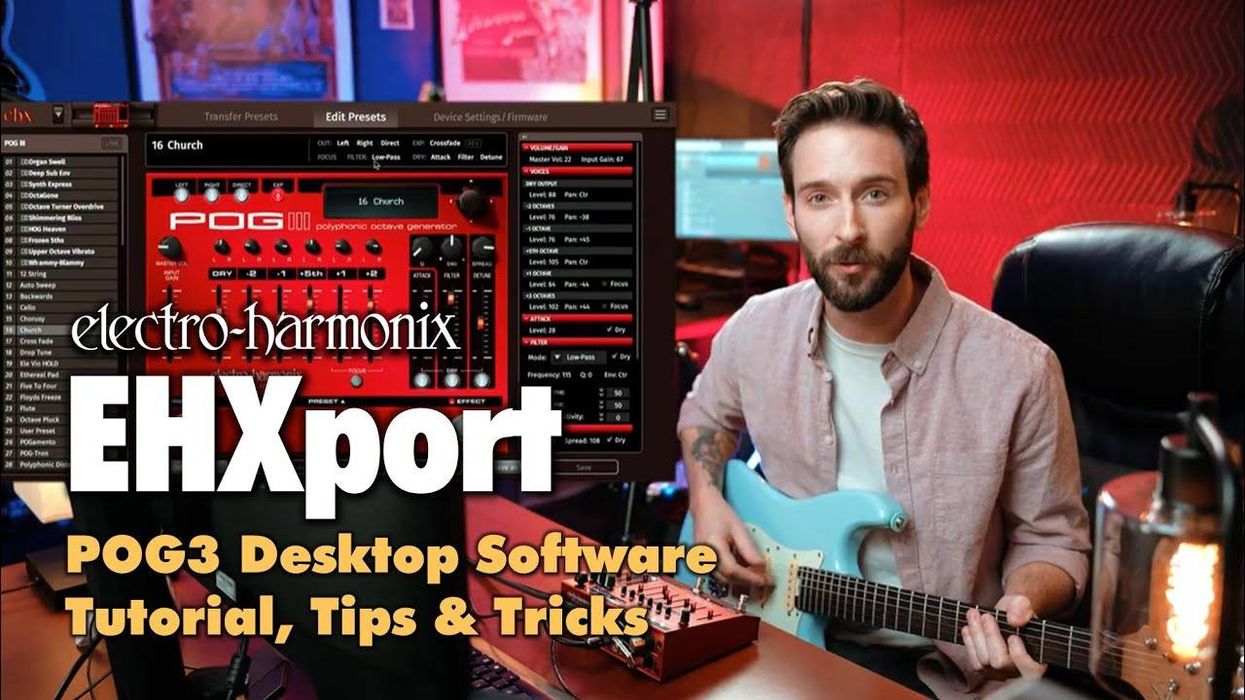

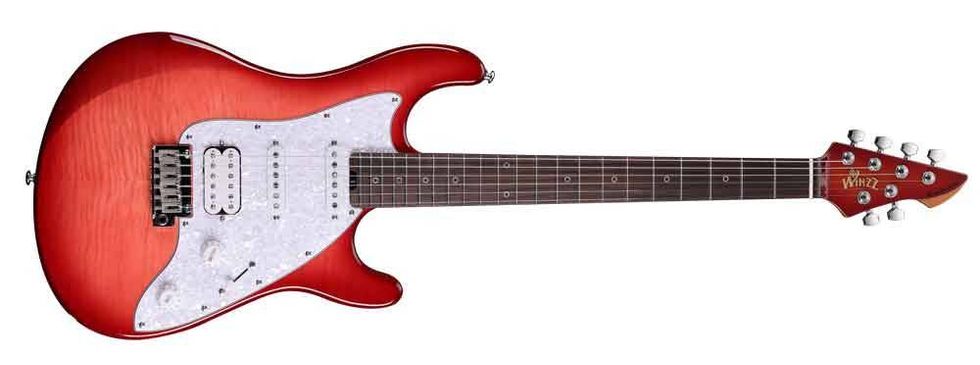





![Rig Rundown: AFI [2025]](https://www.premierguitar.com/media-library/youtube.jpg?id=62064741&width=1245&height=700&quality=70&coordinates=0%2C0%2C0%2C0)

